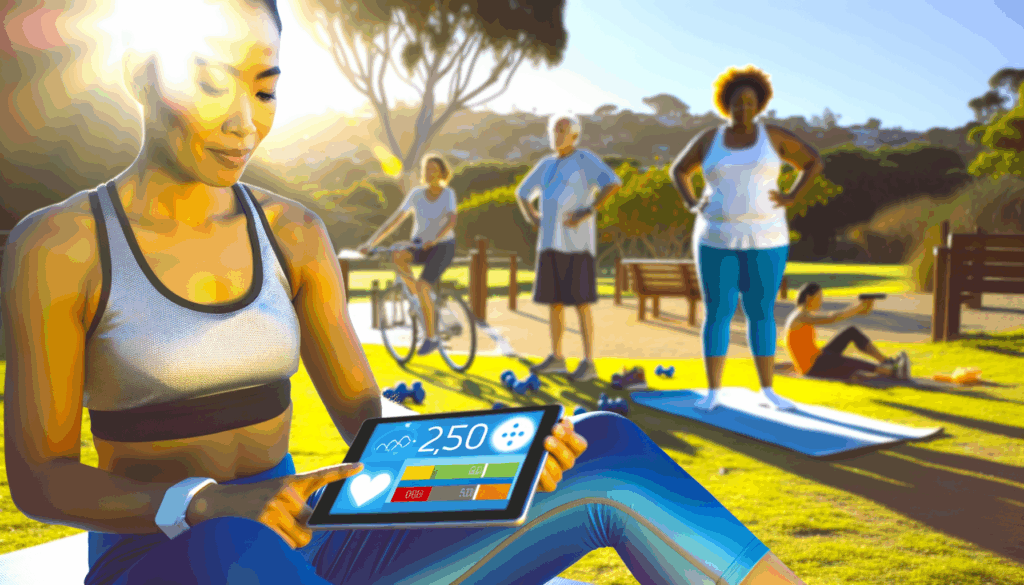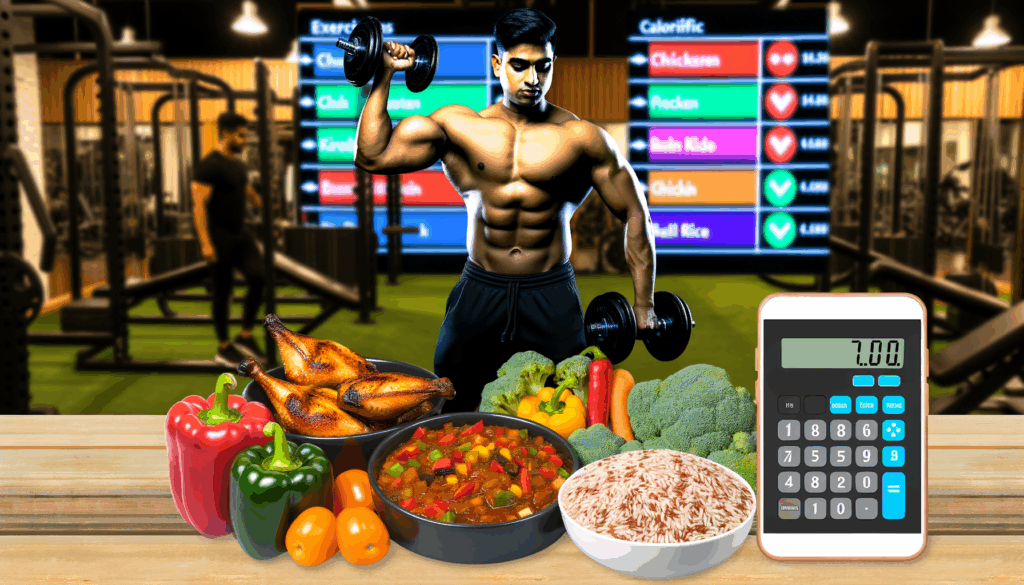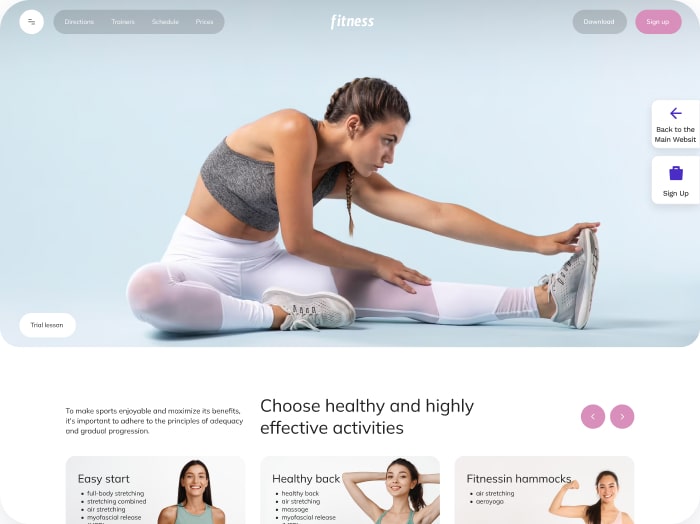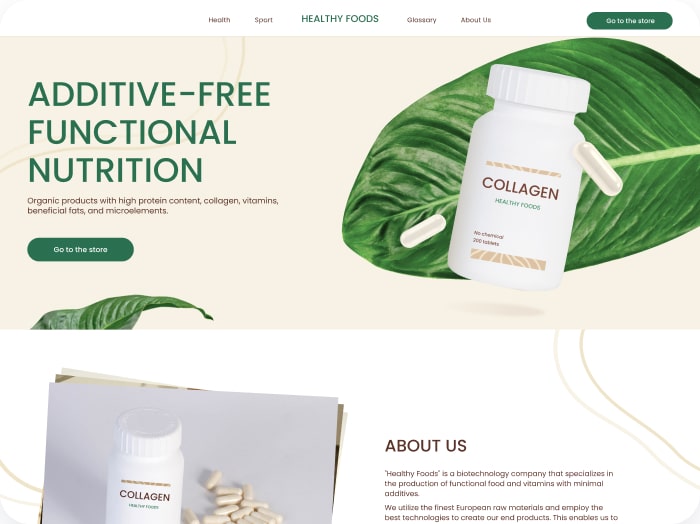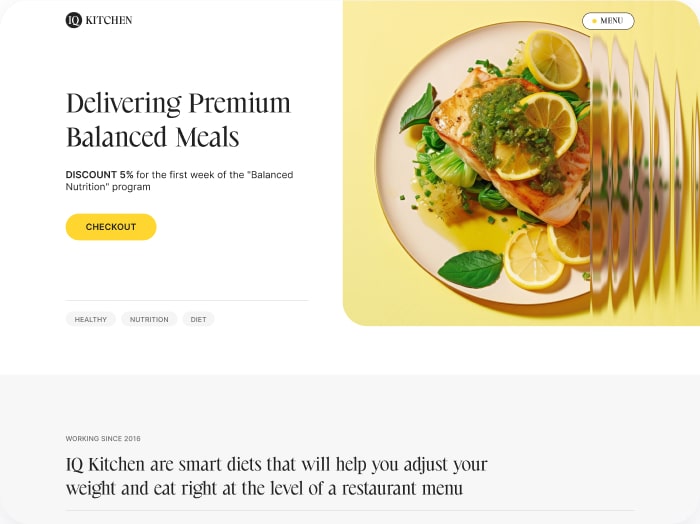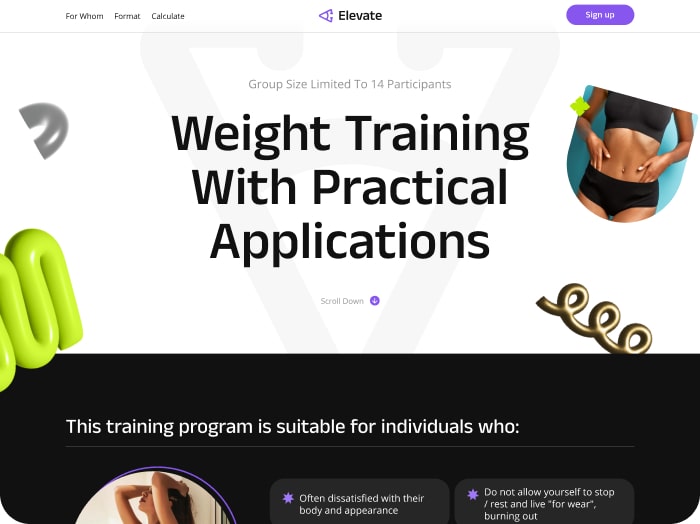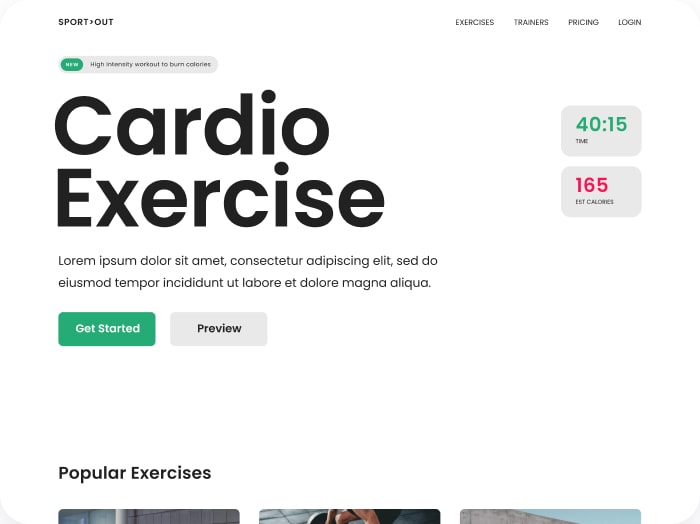Enhancing Digital Health Tools for All Users
Creating an accessible calorie calculator and other nutrition-related tools that everyone can use is essential in today’s diverse digital landscape. By optimizing calculators for accessibility, developers and health professionals ensure that these tools serve a broad audience, including people with disabilities, without compromising usability or functionality. This comprehensive approach not only fulfills ethical standards but also enhances accessibility SEO, expanding reach and engagement for inclusive health platforms.
Understanding Accessibility in Calculator Design
Accessibility in software design ensures that products can be effectively used by individuals with varying abilities, including those with visual, auditory, cognitive, or motor impairments. When it comes to nutrition calculators such as calorie counters, this means clear readability, intuitive controls, and compatibility with assistive technologies like screen readers.
Standards such as the Section 508 Technical Provisions provide guidelines focusing on criteria like keyboard access, color contrast, and support for screen readers. These guides highlight the importance of creating a user-friendly health tools interface that adheres to legal and practical accessibility mandates.
Core Principles for Building Accessible Nutrition Calculators
Optimizing calculators for accessibility involves multiple design and development considerations. The following principles are key:
- Use Native HTML Controls: Leveraging standard HTML form elements such as
<input>and<button>ensures inherent compatibility with assistive technologies like screen readers and voice input tools. For example, the DigitalA11Y guide emphasizes native controls as the foundation for accessible forms. - Provide Clear, Visible Labels: Every input field like “Calories consumed” or “Activity level” must have descriptive, visible labels positioned close to their controls. This assists users in understanding and interacting with each element. Avoid relying solely on placeholder text, which disappears once users begin typing.
- Keyboard Navigation: All calculator functions should be accessible via keyboard alone to support users who cannot use a mouse. Logical tab order and visible focus indicators are crucial here.
- Color and Contrast: Use sufficient color contrast between text and backgrounds to aid users with visual impairments, especially those with color blindness. Avoid using color as the only means of conveying information; incorporate symbols, patterns, or text as alternatives.
- Screen Reader Compatibility: Implement ARIA (Accessible Rich Internet Applications) attributes where necessary to expose roles and states to screen readers, such as
aria-label,aria-checked, orrole="button".
Design Strategies for Inclusive Calculator Interfaces
The UXPin resource on calculator design advocates for simplicity, consistency, and intuitive layout to improve usability. Applying these to accessibility means:
- Minimalist Interface: Avoid clutter and complex options that confuse or overwhelm users. For instance, keep the calorie calculator focused on essential inputs like age, weight, height, and activity levels, avoiding unnecessary distractions.
- Logical Grouping: Arrange related elements clearly—group input fields, action buttons like “Calculate,” and results separately. Logical grouping helps users with screen readers and cognitive disabilities navigate quickly.
- Responsive Design: Ensure the calculator adapts to all screen sizes and devices, including mobile phones and tablets, where many users access health tools today. This improves accessibility for users with various preferences and assistive tech.
Implementing Accessibility Checkpoints and Testing
Building accessible tools requires consistent testing and refinement:
- Use Automated Accessibility Testers: Utilize tools like WAVE, axe by Deque, or Accessibility Insights to catch common issues early.
- Conduct Manual Testing: Evaluate with keyboard-only navigation and screen readers such as NVDA or VoiceOver to detect usability gaps automated testers may miss.
- Gather Feedback from Users with Disabilities: Real user input provides invaluable insights into real-world challenges and improves inclusivity.
SEO Benefits of Accessibility in Health Tools
Optimizing for accessibility also benefits search engine optimization. Search engines prioritize websites that offer a better user experience, including:
- Improved semantic structure through proper use of headings and landmarks
- Clear labeling of interactive elements aiding crawlers in understanding site content
- Enhanced mobile usability, critical for high search rankings
These factors mean that an inclusive nutrition calculator not only serves vulnerable user groups but can also attract more organic traffic, boosting visibility and engagement.
Practical Examples of Accessible Tools in Action
- Calorie Calculator Cloud offers an accessible calorie calculator plugin designed with accessibility at its core. Features include straightforward input forms, error handling that is screen-reader friendly, and responsiveness across devices.
- NutraCheck provides a popular calorie counting app that incorporates clear labels, simple navigation, and keyboard-friendly controls to support users with diverse needs.
- MyFitnessPal emphasizes mobile accessibility with large touch targets, high contrast modes, and voice-over compatibility to improve health tracking for all users.
Advanced Accessibility Considerations
Beyond basic standards, some developers enhance user experience by incorporating:
- Accessible Data Visualizations: Adapt nutrition charts and graphs with textures and labels beyond color, following guidelines from the A11Y Collective.
- Customization Options: Allow users to tailor the calculator interface, such as adjusting font size, switching to high contrast modes, or toggling simplified views, which fosters greater engagement as noted by Claritee’s calculator design best practices.
Final Thoughts on Building Accessible Calorie Calculators
Developing accessible, user-friendly health tools like calorie calculators is not just a compliance obligation—it is an opportunity to provide equitable healthcare education and empower all users on their wellness journeys. By adhering to accessibility standards, employing clean design principles, and continually testing with diverse users, you can deliver tools that are both inclusive and engaging.
Discover how easy it can be to start by exploring the capabilities of Calorie Calculator Cloud and see how your projects can benefit from optimized accessibility and enhanced usability today.

